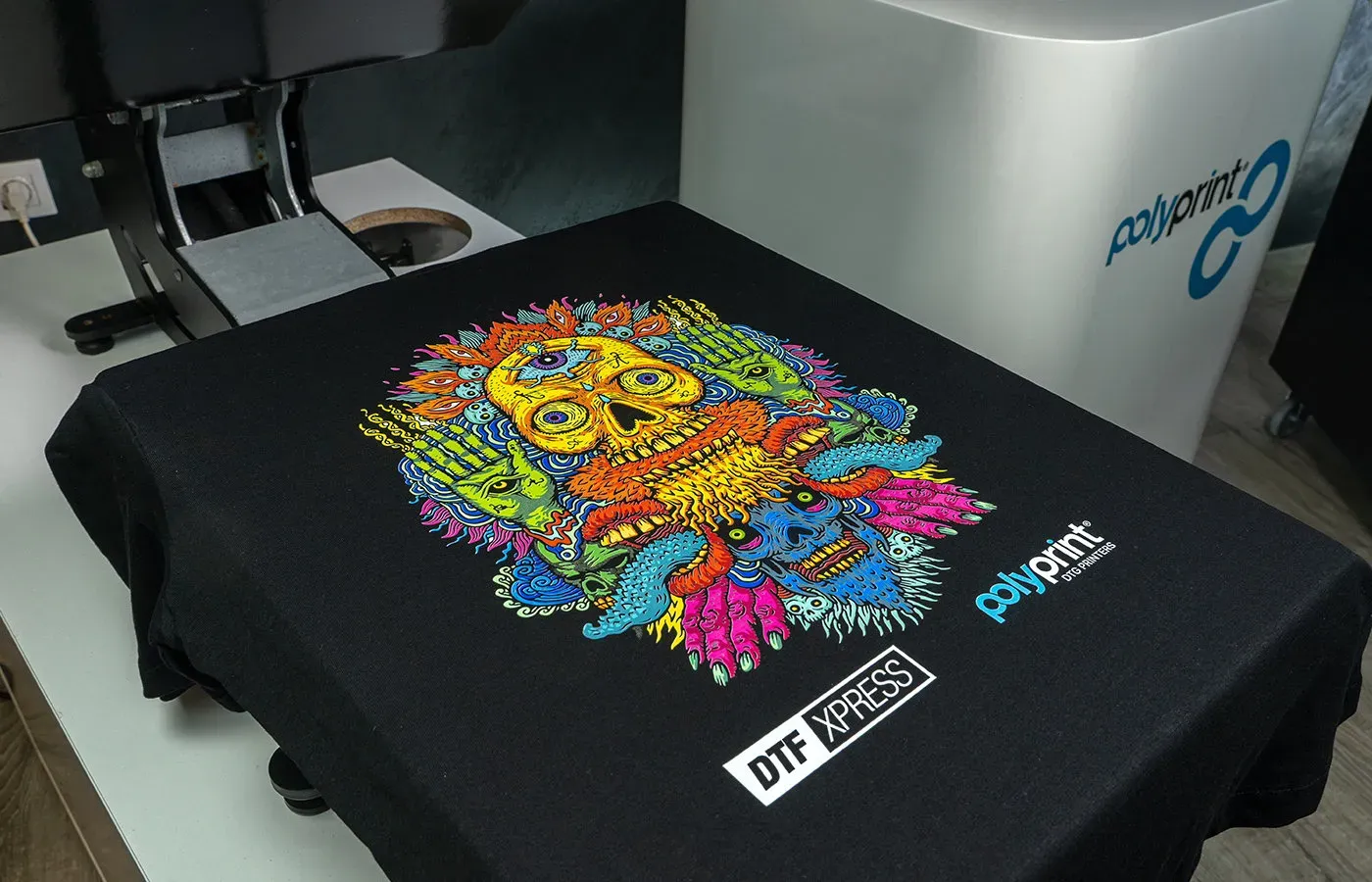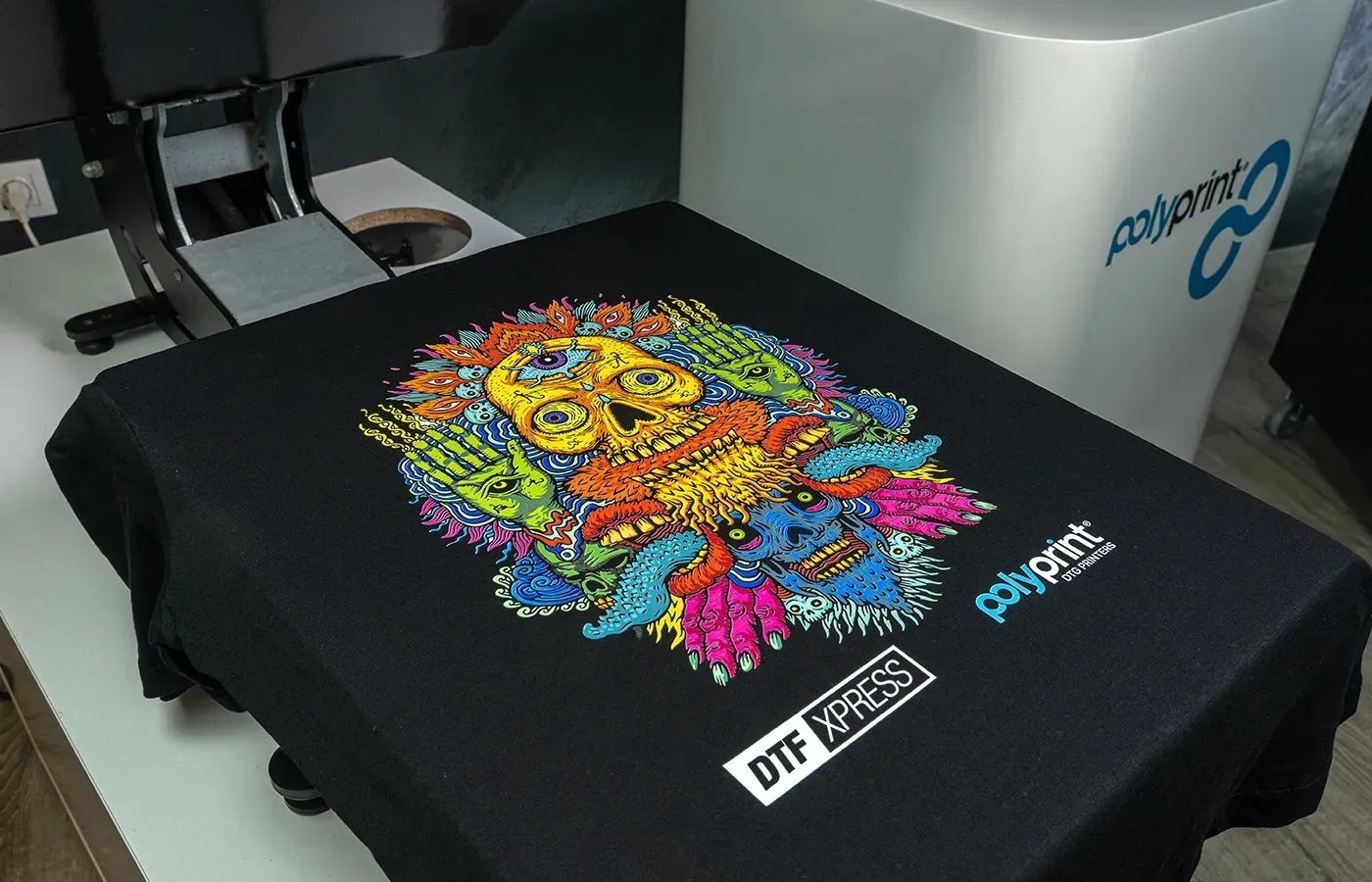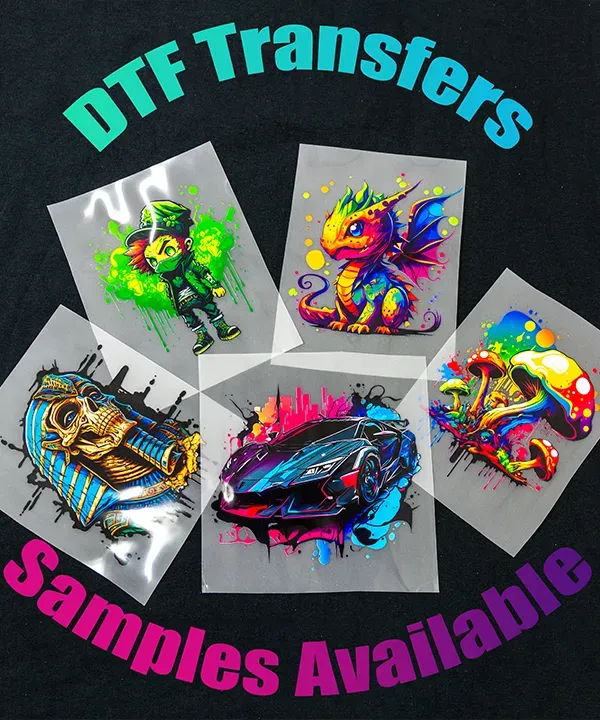DTF Transfers Explained: Benefits, Techniques, and Tips
DTF transfers, or Direct-to-Film transfers, have become a game-changer in the textile printing industry, revolutionizing the way vibrant designs are applied to fabrics. This innovative technique allows intricate artwork to be printed onto a special film before being heat-transferred onto clothing, making it ideal for t-shirt printing and custom apparel. Emphasizing the numerous DTF printing benefits, such as versatility across different fabric types and the ability to yield soft, durable prints, this method is quickly gaining traction among both professional printers and creative enthusiasts alike. In this article, we will explore how to DTF transfer successfully, detailing essential tips and techniques that ensure crisp, high-quality results. Get ready to unlock the potential of DTF transfers, where creativity meets cutting-edge technology in the world of fashion and design.
Direct-to-Film technology embodies a transformative approach to garment decoration, offering a modern alternative to traditional printing methods. By utilizing a specialized printer that applies vivid designs onto a coated film, this technique enables seamless application to a variety of textiles. Known for its remarkable durability, soft finish, and vivid color reproduction, the DTF method appeals to apparel artisans and manufacturers alike. Furthermore, adopting proper DTF transfer techniques can significantly enhance the quality of prints and expand creative possibilities. Join us as we navigate through essential DTF printing tips that make this process not only efficient but also cost-effective, catering to diverse printing needs.
What Makes DTF Transfers Stand Out?
DTF transfers have quickly risen to prominence in the textile printing industry due to their unique advantages. One of the key features that make DTF printing stand out is its ability to produce highly detailed designs that can be applied to various fabric types. This versatility means that users can print on materials ranging from cotton to polyester blends, ensuring broad applicability in fashion and custom apparel industries. Additionally, the process reflects a significant evolution in printing technology, enabling designers to bring their creative visions to life with unmatched precision.
Another distinguishing aspect of DTF transfers is the vibrant color reproduction achievable through this method. DTF printing can create designs that maintain their brilliance over time, making it an ideal choice for brands looking to convey their identity clearly through their apparel. This capability to retain brightness and clarity after multiple washes amplifies the appeal of DTF transfers among both consumers and manufacturers, leading to increased adoption in various textile sectors.
Key Benefits of DTF Printing: A Closer Look
DTF printing offers numerous benefits that contribute to its growing popularity. One notable advantage is its soft finish on garments, a feature often lacking in traditional printing methods. Users appreciate this quality when wearing DTF-printed clothing, as it feels more comfortable against the skin. This aspect is particularly important for clothing intended for everyday use, where comfort and durability are paramount.
Additionally, the durability of DTF transfers cannot be overlooked. Unlike other transfer techniques that may lead to cracking or fading over time, DTF prints can withstand rigorous washing cycles, providing longevity that is essential for commercially sold apparel. This characteristic enhances customer satisfaction and promotes repeated sales, proving that investing in quality DTF printing techniques yields significant returns.
Understanding the DTF Transfer Process
The DTF transfer process is a multi-step procedure that begins with designing the desired artwork digitally. This design is then printed onto a specially coated film designed for DTF applications. One of the important aspects of this phase is applying powdered adhesive to the printed film, which requires precise heat curing. This application ensures the ink binds effectively to the film, preparing it for the subsequent heat transfer to the fabric.
Following the preparation, the final transfer process involves placing the DTF film on the fabric and applying heat through a heat press. This technique not only secures the design onto the material but also ensures that colors remain vivid and details crisp throughout the garment’s lifecycle. It’s the careful execution of each step that defines the quality of the final product, underscoring the need for expert craftsmanship in the DTF transfer process.
Top Tips for Successful DTF Transfers
To ensure successful DTF transfers, it’s crucial to start with quality materials. This means sourcing high-grade transfer films and inks that can produce vibrant, long-lasting prints. Premium materials often yield better adhesion and can withstand the test of time, allowing designs to remain intact for numerous washes. Additionally, understanding the specific properties of your chosen materials can lead to more successful printing outcomes.
Furthermore, attention to detail in printer settings is vital. Optimizing your printer settings for the fabric type and design can significantly affect the quality of the transfer. Regularly checking and adjusting these settings as needed ensures that you consistently achieve high-quality prints, elevating your overall production capabilities. By pairing quality materials with precise settings, you can guarantee successful DTF transfer projects.
Recent Innovations in DTF Printing Technology
The landscape of DTF printing is evolving rapidly, with recent technological advancements shaping its future. One significant trend is the emergence of high-performance DTF printers that offer increased efficiency and better quality outputs. These machines are designed specifically for DTF applications, making them more accessible for small businesses and hobbyists, leading to a surge in interest and investment in DTF technology.
Moreover, new developments in ink formulations and transfer materials are improving the overall performance of DTF printing. These innovations are not only enhancing the vibrancy of colors but also contributing to environmentally sustainable practices within the industry. By minimizing waste and improving material efficiency, the latest trends in DTF technology align with the growing demand for sustainable production methods in textile manufacturing.
Choosing the Right Equipment for DTF Printing
Selecting the appropriate equipment for DTF printing is essential for achieving high-quality results. When evaluating printers, it is critical to consider those specifically designed for DTF applications, as they provide the necessary performance characteristics needed to produce vibrant, long-lasting prints. Investing in a high-quality printer can make a substantial difference in the efficiency of your printing process and the final product’s quality.
Additionally, other tools such as heat presses should be chosen based on their compatibility with DTF transfers. A reliable, high-temperature heat press can ensure that adhesive adheres properly, which is paramount for durability. By prioritizing the right equipment, whether printer or heat press, you set the foundation for a successful DTF transfer operation.
Frequently Asked Questions
What are DTF transfers and how do they work?
DTF transfers, or Direct-to-Film transfers, involve printing designs onto a specialized film coated with adhesive. This film is then heat-applied to various fabrics, allowing for vibrant, high-resolution prints and ensuring durability and a soft finish on garments.
What are some benefits of DTF printing compared to traditional methods?
DTF printing offers numerous benefits over traditional methods, including versatility to print on multiple fabric types, vibrant colors that maintain their intensity, a soft finish on garments, durability that withstands washing, and less waste during production, making it an eco-friendly option.
What techniques are essential for effective DTF transfers?
Key techniques for effective DTF transfers include using a specialized DTF printer, properly curing the adhesive on the film, and applying appropriate heat with a heat press machine. Ensuring the correct printer settings for the specific fabric also contributes to successful transfers.
What are some tips for successful DTF printing results?
To achieve successful DTF printing results, select high-quality materials and inks, use a printer designed for DTF printing, ensure proper curing of the adhesive, and conduct test prints to refine color and settings before full-scale production.
How do I choose the right materials for DTF transfers?
Choosing quality materials for DTF transfers is crucial. Opt for premium transfer films and inks designed for DTF printing, as this will improve color vibrancy and the durability of the finished product, delivering better overall results.
Why are DTF transfers gaining popularity in the textile industry?
DTF transfers are gaining popularity in the textile industry due to their unique blend of versatility, vibrant color images, durability, eco-friendliness, and the ability to create intricate designs on various fabric types, appealing to both professional printers and DIY enthusiasts.
| Key Points | Details |
|---|---|
| What are DTF Transfers? | Involves printing designs onto a specialized adhesive-coated film that is heat-applied to fabrics. |
| Benefits of DTF Transfers | 1. Versatility: Applicable on various fabrics. 2. Vibrant Colors: High-resolution images with true colors. 3. Soft Finish: Comfortable texture compared to other methods. 4. Durability: Long-lasting prints that withstand multiple washes. 5. Less Waste: Efficient process with minimal environmental impact. |
| Techniques for DTF Transfers | 1. Printing Process: Digital design printed on DTF film. 2. Heat Transfer: Applying heat with a press for adhesion. |
| Tips for Successful DTF Transfers | 1. Choose Quality Materials: Premium films and inks. 2. Printer Selection: Use printers designed for DTF. 3. Correct Settings: Adjust settings based on fabric and design. 4. Curing Process: Ensure adequate heating for proper adhesion. 5. Test Prints: Always conduct tests before full production. |
| Recent Developments in DTF Technology | Advancements in technology are making DTF transfers more affordable and accessible, attracting new market players and promising growth in the industry. |
Summary
DTF transfers are transforming the landscape of textile printing by providing a flexible and effective solution for transferring prints onto fabrics with incredible durability and color vibrancy. This innovative method has rapidly gained popularity due to its ability to produce high-quality designs on various materials while minimizing waste and ensuring a comfortable finish. As the technology evolves, DTF transfers are set to become a staple not just for hobbyists but also for businesses aiming to elevate their apparel offerings. By mastering the techniques associated with DTF printing, individuals and companies alike can achieve exceptional results that stand out in a competitive market.




